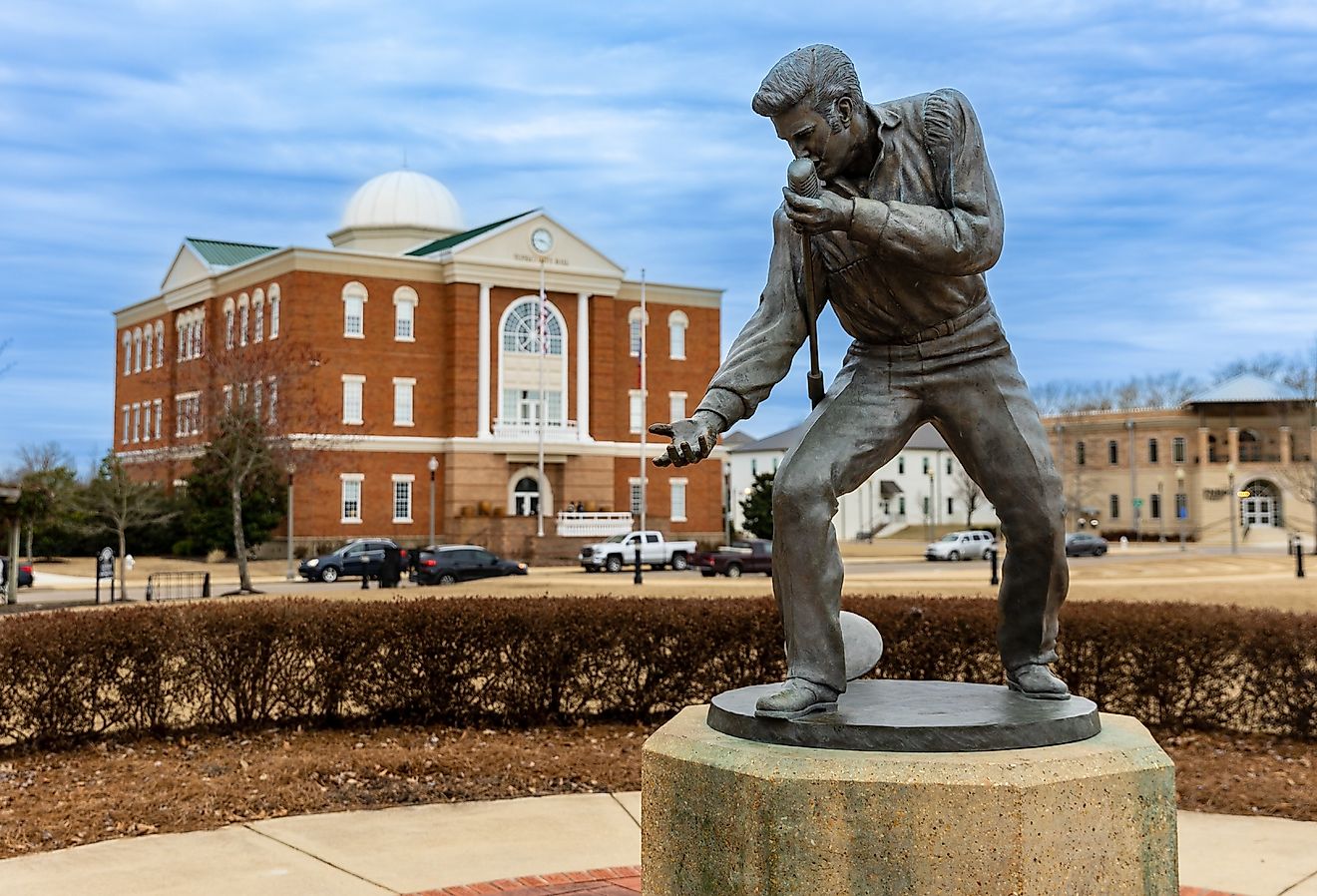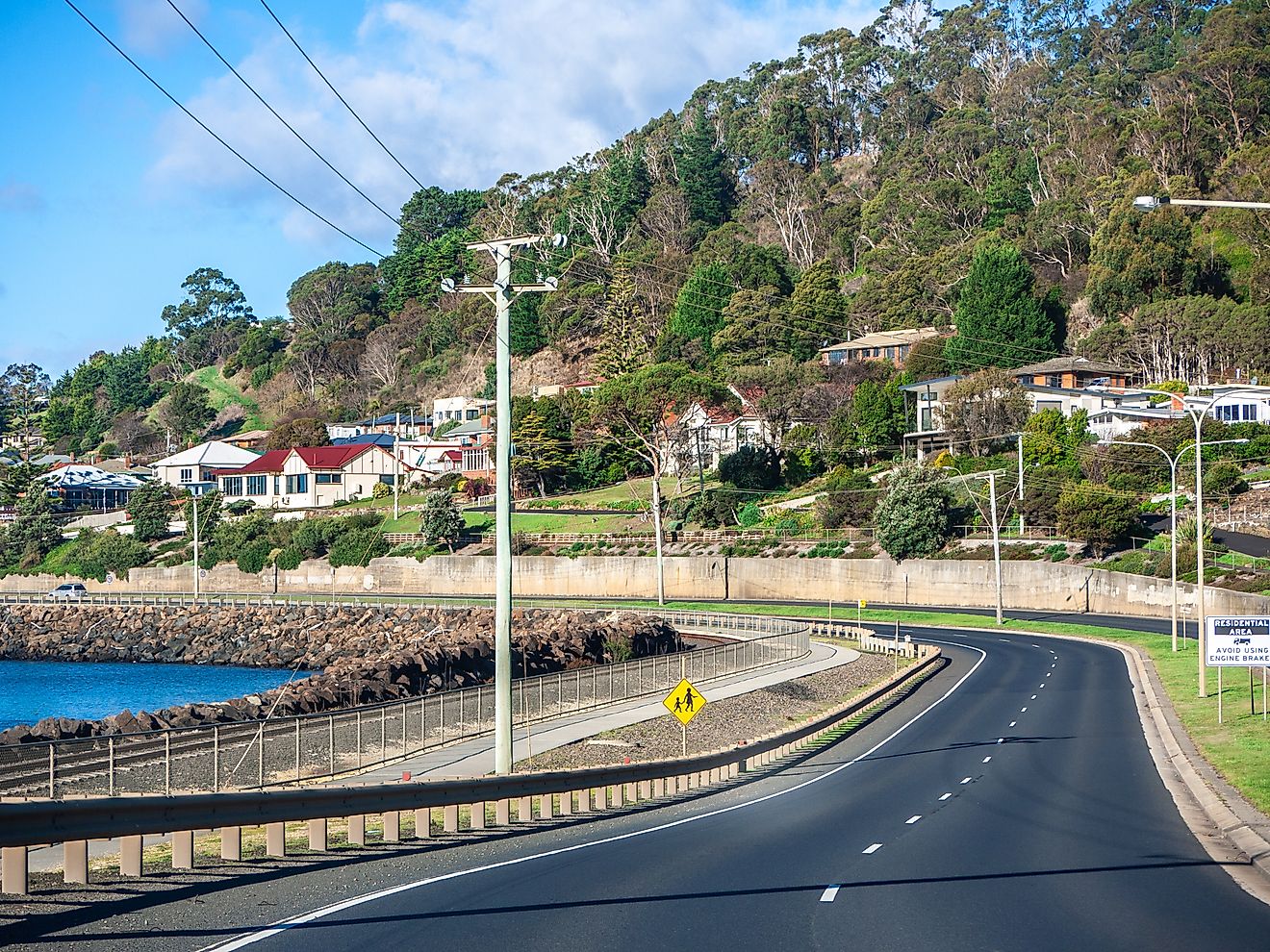
Taos, New Mexico
Taos is a small town located in New Mexico,United States. Although the modern town itself is just over two centuries old, the area in which it is situated has been inhabited for a millennium. In and around the town are several sites that are a testament to the history of the area. These include an ancient Native American village, a historic plaza, and colonial-era churches. Today, Taos is popular with tourists, not only for its historic sites, but also for the many outdoor activities that are available in the area’s breathtaking landscape.
Geography Of Taos

Taos is situated in the north-central part of New Mexico, in the Sangre de Cristo Mountains. It has a land area of 15.56 sq. km. The town consists of a central Plaza surrounded by residential areas. To the north and west of Taos is the Rio Pueblo de Taos, a tributary of the Rio Grande River. Further to the northwest is the Rio Grande Gorge. To the immediate northeast of Taos is the ancient village of Taos Pueblo, which has been inhabited for about a millennium. Further to the northeast is Wheeler Peak, the tallest peak in all of New Mexico, with an elevation of 4,011 meters. Taos itself is located at an elevation of 2,124 meters.

Demographics Of Taos
The town of Taos has an estimated population of 5,929. Residents of Taos are known as Taoseños. As of 2019, more than half of Taos’ residents were identified as non-Hispanic whites. Hispanic people make up 39.2% of the town’s population. The third largest group in Taos consists of Native Americans. More than a fifth of Taos’ population was born outside the United States.
Economy
Taos is a relatively poor town. In 2019, the median annual income in the town stood at just $29,300, which is less than half the US average of $65,712. The poverty rate in Taos is 27.32%. The most common sectors of employment in Taos are sales and related occupations; office and administrative support; food preparation and serving-related occupations. Tourism is an important economic sector in Taos, as the town is close to numerous tourist attractions.
Brief History

In the Taos language, the name Taos is translated as “at red willow canyon”, or “at the red willows.” The modern town of Taos sits next to Taos Pueblo, the original home of the Native Americans in the area. The people of Taos Pueblo belong to a large group of Native American tribes known as the Pueblos. Pueblo is a Spanish word meaning people or village. Thus, in the context of Taos Pueblo, the word pueblo refers to a village.
The building of permanent, liveable structures in what is now Taos Pueblo began around the year 1000 CE, which means that it is more than a millennium old. In 1540, the Spanish Conquistador Hernando de Alvarado reached the Taos Valley. Upon seeing the sun shining on the straw in the adobes of Taos Pueblo, he thought he had reached the famed Cities of Gold. Permanent Spanish settlement of the area came shortly thereafter.
The modern-day town of Taos was established between 1780 and 1800. It was originally constructed as a Spanish fortified plaza surrounded by low adobe buildings. Over time, however, the town grew beyond its defensive walls and became an important center of trade on the Santa Fe Trail. In the late 19th century, artists settled in and around the central plaza, eventually leading to the establishment of the Taos Art Colony. The town of Taos was officially incorporated in 1934.
Important Sites in Taos
Taos Pueblo

Arguably, the most important of the sites in and around the town of Taos is the ancient village of Taos Pueblo. As previously mentioned, this village was built by Native Americans about a thousand years ago, and is still inhabited today, making it one of the oldest continuously inhabited community in the United States. The village is part of a Native American reserve measuring 384 sq. km. About 1,900 members of the local, Taos-speaking tribe lives in the reserve. There are 150 people living in the Taos Pueblo village itself, who live a traditional lifestyle, with no electricity or running water.
Taos Pueblo consists primarily of two structures called Hlauuma (north house) and Hlaukwima (south house). The ancient village is built entirely using adobe, which is made by mixing soil and straw, then either pouring it into forms or using it to make sundried bricks. Within the two aforementioned structures are several homes, built side-by-side in layers. The homes normally consist of two rooms, one for sleeping and living, and the other for cooking, eating, and storage. At one time, Taos Pueblo had no windows or doors. Thus, to enter the homes inside the buildings, one had to use ladders.
Taos Plaza

Taos Plaza lies at the heart of the Taos Historic District. Between May and October, many people gather in this plaza to listen to live concerts. Surrounding the plaza are numerous shops and galleries. It was established towards the end of the 18th century, when land was granted by the King of Spain to 63 families. It was a fortified structure that provided protection from raids by Native American, and was even used as a refuge for livestock at night. Merchants also used the plaza as a place to sell their merchandise during trade fairs. In fact, the use of the plaza as a marketplace has not changed, as numerous shops and galleries are located there today.
San Francisco de Asis Church
Also called the Ranchos Church, the San Francisco de Asis Church is the only original church in the Taos area that remains intact. It was built in the early 19th century. Like Taos Pueblo, the church is made mostly of adobe. In fact, every June, parishioners come to re-plaster the church with adobe in what is known as “The Enjarre”, or “the mudding” of the church.
Rio Grande Del Norte National Monument
Measuring approximately 981.58 sq.km, this national monument features rugged, wide open plains, volcano cones, and steep canyons. Some of the canyons have rivers at their depths, which are used by tourists for whitewater rafting, boating, and fishing. Other activities available to tourists in this national monument include mountain biking, hiking, wildlife viewing, and cross-country skiing.
Other Attractions
Other attractions in and around Taos include several museums, the Rio Grande Gorge Bridge, and the Kit Carson Park and Cemetery.











